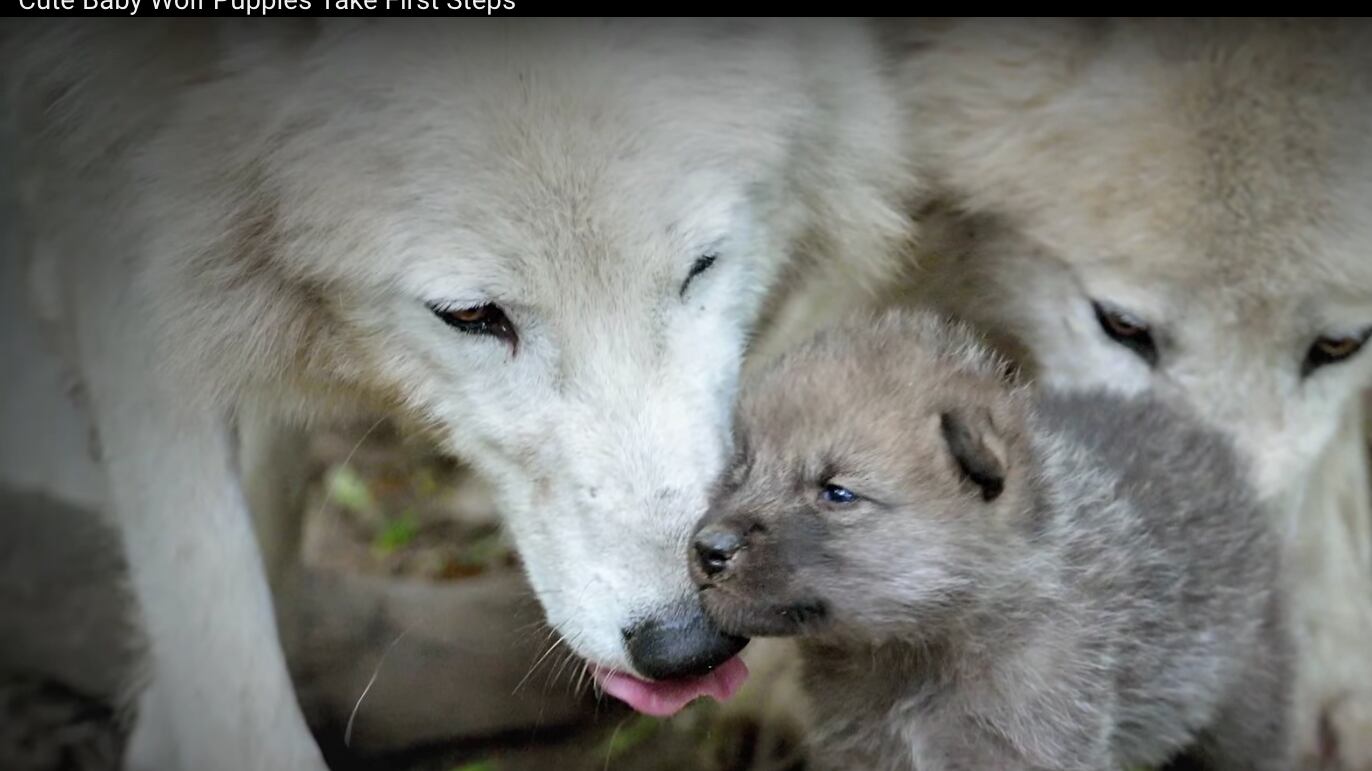According to a report released Thursday by the Oregon Department of Fish and Wildlife, there are now 124 documented wolves in Oregon—an 11 percent increase in population size from 2017.
The Annual Wolf Report counts 12 packs in the state, 11 of which contain breeding pairs. In the past two years, the number of breeding wolf pairs in Oregon has increased by 38 percent.
Pictured: Two members (one subadult and one pup) of the Catherine Wolf Pack on private property in eastern Union County in May 2017. ODFW releases its 2017 Annual Wolf Report today, https://t.co/fRU9sLTQed pic.twitter.com/OWfWI7MzY6
— ODFW (@MyODFW) April 12, 2018
"The wolf population continues to grow and expand its range in Oregon," Roblyn Brown, ODFW's wolf coordinator said. "This year, we also documented resident wolves in the northern part of Oregon's Cascade Mountains for the first time."
Related: Two Gray Wolves Were Spotted Traveling Together For the First Time Ever On Mt. Hood
The report counts packs in the state to have a mean size of 7.3. And resident wolf populations have been documented in Grant, Jackson, Baker, Lake, Klamath, Umatilla, Wallowa, Union and Wasco counties.
Conflict between ranchers in those Eastern Oregon counties where a majority of the state's packs reside and conservation groups over how to handle wolf management has come to a head multiple times throughout the past decade. Livestock owners argue that the predators pose a threat to their economic livelihood and environmentalists say the species, which was once eradicated in the state, deserves protecting.
And while the news that the state's wolf population is increasing is likely unsettling for cattle owners, the report notes that wolf-related livestock depredations have actually decreased.
There were 17 wolf-related livestock deaths in 2017, compared to 24 in 2016.
"While wolf numbers have increased considerably over the last eight years (only 14 were counted in 2009)," the ODFW report reads, "depredations and livestock losses have not increased at the same rate."
Part of the success in reducing livestock depredations, ODFW says, is due to the emphasis in the state's wolf plan on employing non-lethal preventative measures.
However, when non-lethal measures are ineffective, the agency does permit ranchers to kill wolves.
Of the 13 documented wolf mortalities last year, 12 were taken by humans and four were killed illegally.
Most recently, the agency issued two kill permits to a rancher in Baker City.
Related: Oregon Fish and Wildlife Issues Kill Permits for Eastern Oregon Wolf Pack
Overall, Gov. Kate Brown said in a statement, "It is encouraging to see the continued recovery of Oregon's wolf population into more of their historic range. Despite this good news, ongoing issues of poaching and livestock depredation must be carefully considered as we explore more effective management and conservation practices."
